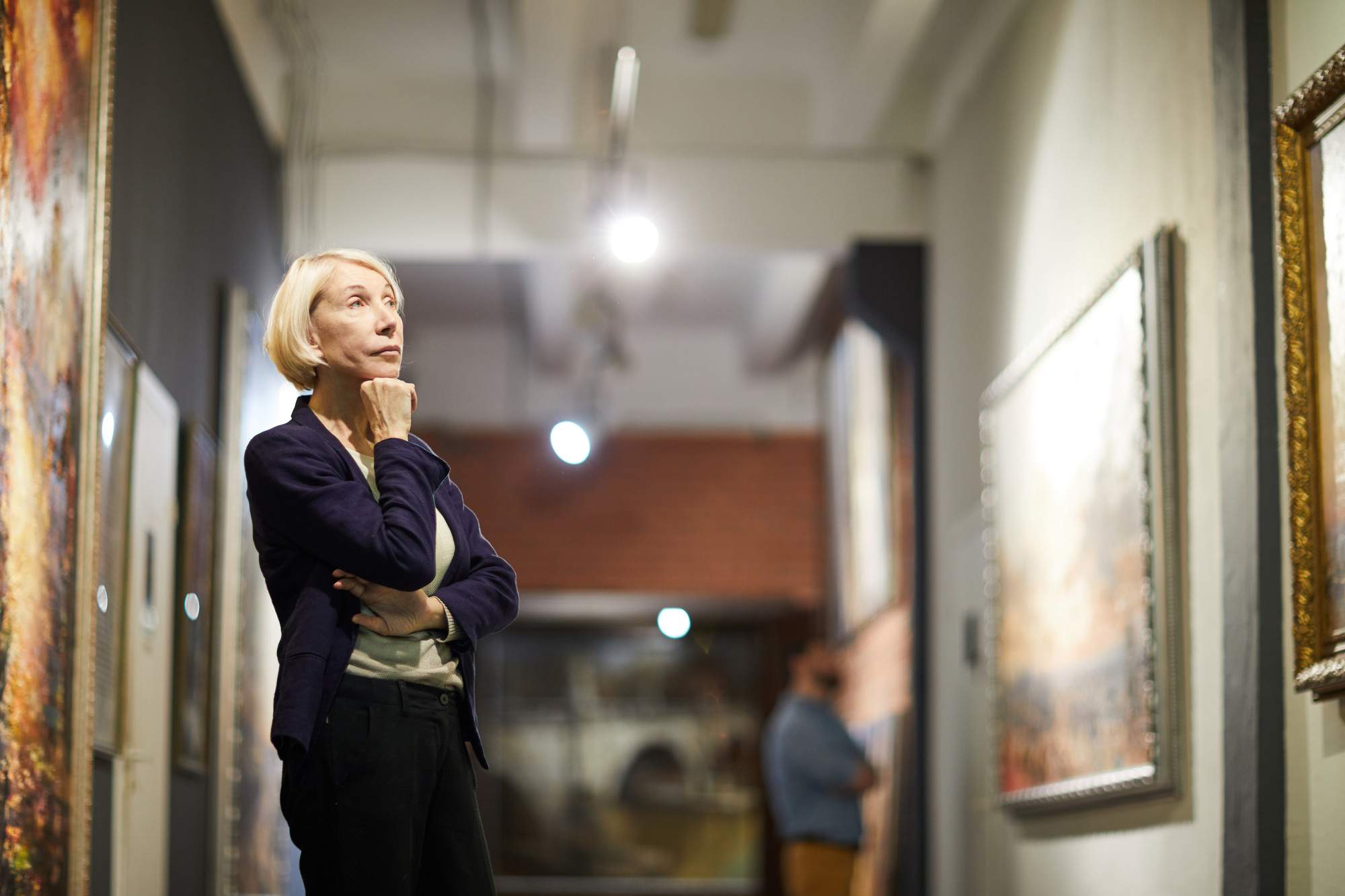
6 Common Art Shopping Mistakes and How to Avoid Them
Are you an art lover? Do you enjoy surrounding yourself with beautiful pieces that tell a story?
If you answered yes to either of those questions, then shopping for art may be something you’re passionate about. However, even if art shopping is something you love, there are still common mistakes that you can make.
It’s common to feel overwhelmed when shopping for artwork. With so many different styles and mediums to choose from, it can be tough to know where to start.
In this blog post, we will outline six common art shopping mistakes and how to avoid them. Armed with this information, you’ll be able to shop for art with confidence and find the perfect pieces for your home.
1. Not Doing Your Research
You can’t expect to buy a piece of art you love and hang it on your wall without any research. Like anything else, there’s a certain amount of due diligence you need to do when shopping for art.
Start by looking at galleries, artist websites, and art fairs. You’ll get a good idea of what’s out there, and it’ll help you develop an aesthetic taste.
Additionally, it’s essential to know the different mediums used in creating artwork so that you can better understand the pieces you’re considering buying.
Once you’ve narrowed down your search, take the time to read about each artist or gallery before making a purchase. By doing your homework, you’ll be sure to select pieces that are right for your home and your budget.
2. Not Considering the Size of the Art
When you’re shopping for art, size does matter. Ensure that the piece you’re considering will fit in the space you have available.
First, measure the wall or area where you plan to hang the artwork. Then, take a look at the dimensions of the piece itself.
You also need to consider framing when determining whether or not a piece will fit in your home. If you’re unsure about how a piece will look in your space, ask the gallery or artist if they have a mock-up or sample of what it would look like framed and hung on a wall.
Most importantly, don’t be afraid to walk away from a piece if it’s not the correct size. With so many options available, you’re sure to find a piece that’s perfect for your home.
3. Not Comparing Artwork Prices
Just because you love a piece of art doesn’t mean you have to buy it. Take your time and compare prices before making a purchase.
Galleries can be expensive, but there are other options available as well. Artist websites (like garsha18photography.com), online galleries, and auction houses often sell artwork at a fraction of the price charged by galleries.
When comparing prices, remember to factor in framing and shipping costs if you’re buying art online. Be sure to ask about return policies as well, in case you change your mind after purchasing a piece of art.
It’s also important to remember that just because something is more expensive doesn’t mean it’s better quality. Do your research and ensure you’re getting the best value for your money.
4. Not Being Open to Different Types of Artwork
When people think of art, they often picture traditional paintings. However, there are many different types of artwork available, and you need to keep an open mind when shopping for pieces.
In addition to paintings, you can also purchase sculptures, photographs, prints, and more. There is no wrong type of art; it simply depends on your taste.
Don’t be afraid to experiment with different mediums and styles. You may be surprised by how much you like a piece that’s outside of your comfort zone.
And if you’re ever unsure about a piece, ask the artist or gallery owner for more information. They’ll be able to tell you more about the work and help you decide if it’s the right fit for your home.
5. Not Considering the Context of a Piece
When shopping for art, consider the context in which the piece was created.
For example, if you’re looking for a piece to hang in your living room, you may want something peaceful and calming. On the other hand, if you’re looking for artwork for your office, you may want something more stimulating.
Take into account where you’ll display the artwork and what effect you’re hoping to achieve. By doing this, you’ll be able to select appropriate pieces for their intended space.
Additionally, think about who will be viewing the artwork. If it’s going to be hung in a public place, make sure it’s appropriate for all audiences.
Art is a personal expression, and you should buy pieces that speak to you. However, it’s also important to be respectful of the context in which they will be displayed.
6. Not Getting a Certificate of Authenticity
When buying art, be sure to get a certificate of authenticity. This document proves that the piece is an original work of art, not a copy or reproduction.
It’s essential to have this certificate because it adds value to the artwork. It also protects you if there are ever any questions about the piece’s authenticity.
If an artist or gallery refuses to provide a certificate of authenticity, move on to another seller. It’s not worth the risk of buying a piece that isn’t genuine.
Getting a certificate of authenticity may seem like an extra step, but it’s one you shouldn’t skip when purchasing art.
Common Art Shopping Mistakes
By following these simple tips, you can avoid making common art shopping mistakes. Be sure to consider all of your options, compare prices, and keep an open mind. Most importantly, buy pieces that speak to you and fit the context in which they will be displayed.
With these guidelines in mind, shopping for art can be fun and easy. Keep visiting our blog for more exciting articles.















